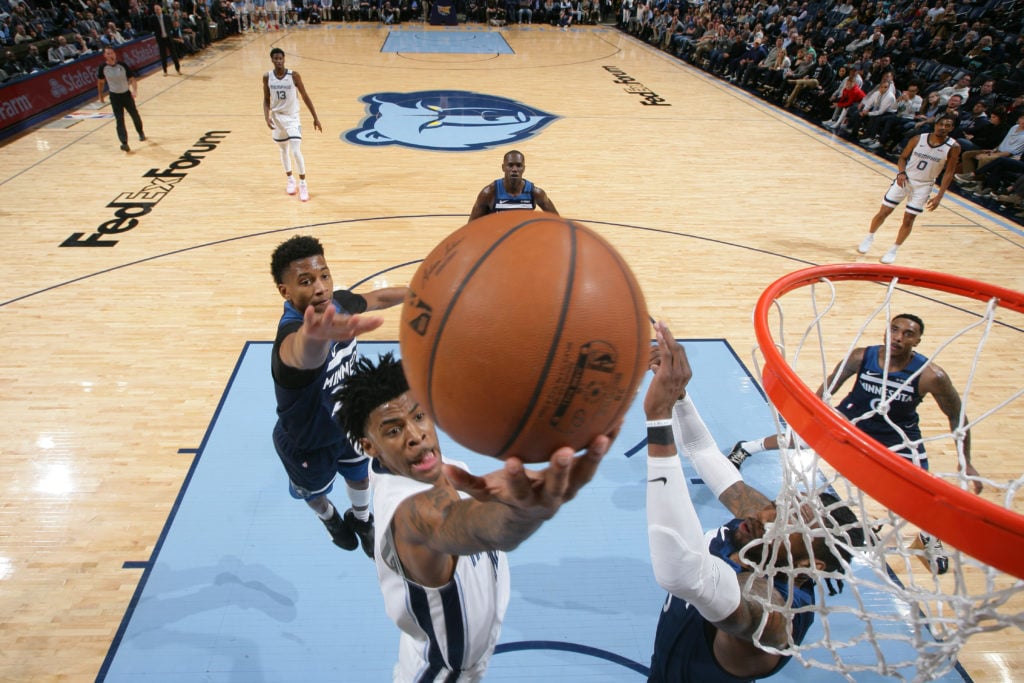- 17,311
- 3,558
- Joined
- Jun 24, 2005
Felt like this team is starting to pick up some steam and would rather put most Grizz material in here than clogging it up in the NBA thread. Had a thread from way back right around the time GnG got started, but
Prior to last night:
Last night's highlights against Houston:
https://twitter.com/peteredmiston/status/1217305804879147009
Plan to do an analysis on the team soon, but its looking like Ja/JJJ are making one hell of a 1-2 combo. Clarke, Melton and Brooks are looking to be very good young role players moving forward. If this team just so happens make the playoffs or simply continues an excellent rebuilding year, Melton and Brooks may be costly RFA's.
Val has been a very big piece of the puzzle as well. His ability to stretch the floor more consistently now and also give us options in the post when in half court sets have been huge.
The best thing about all this is that we are still in position to receive more assets from a Iggy trade and potentially moving off the expirings of Solomon Hill, Josh Jackson and Jae Crowder.
Last edited:




